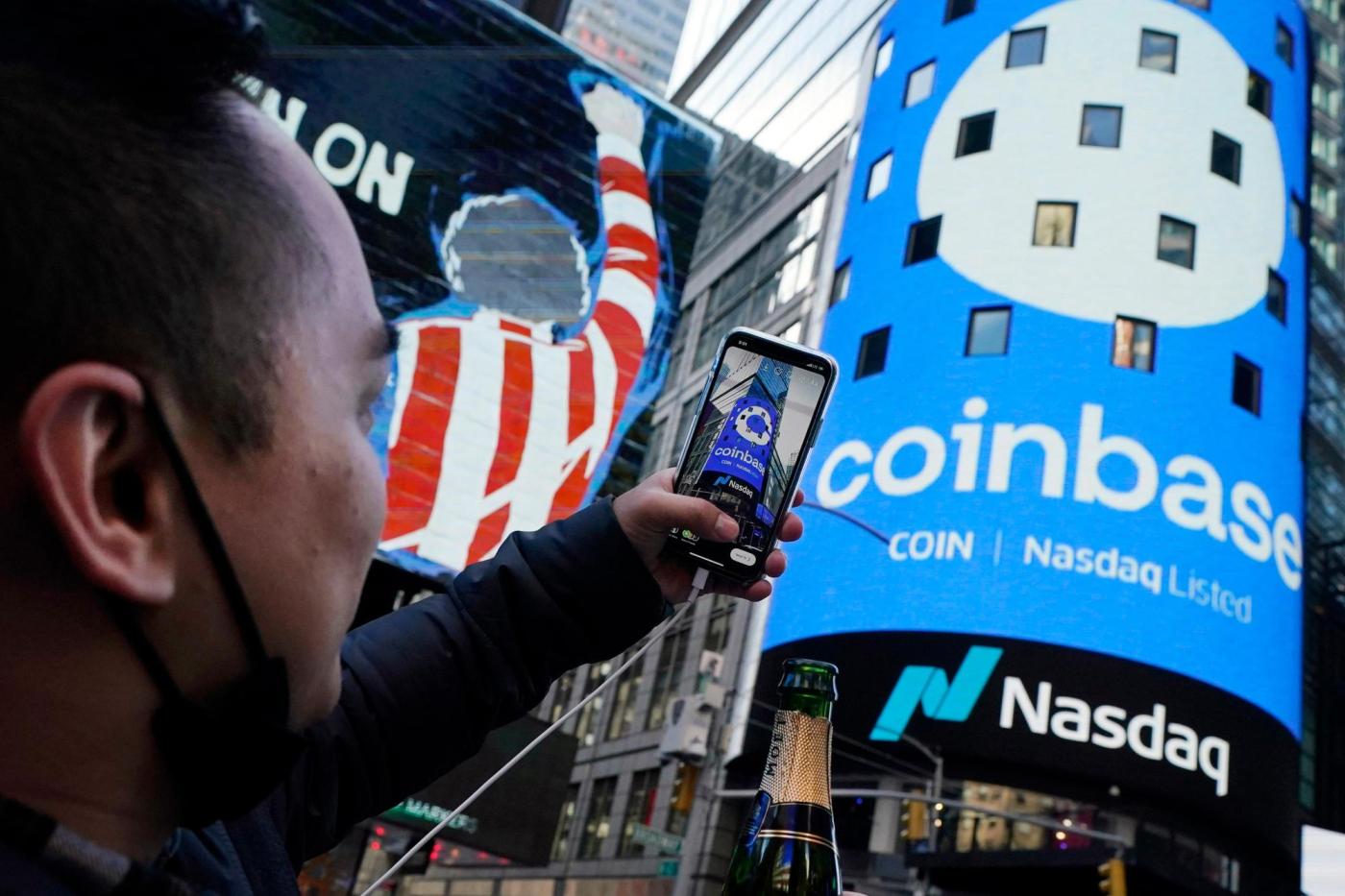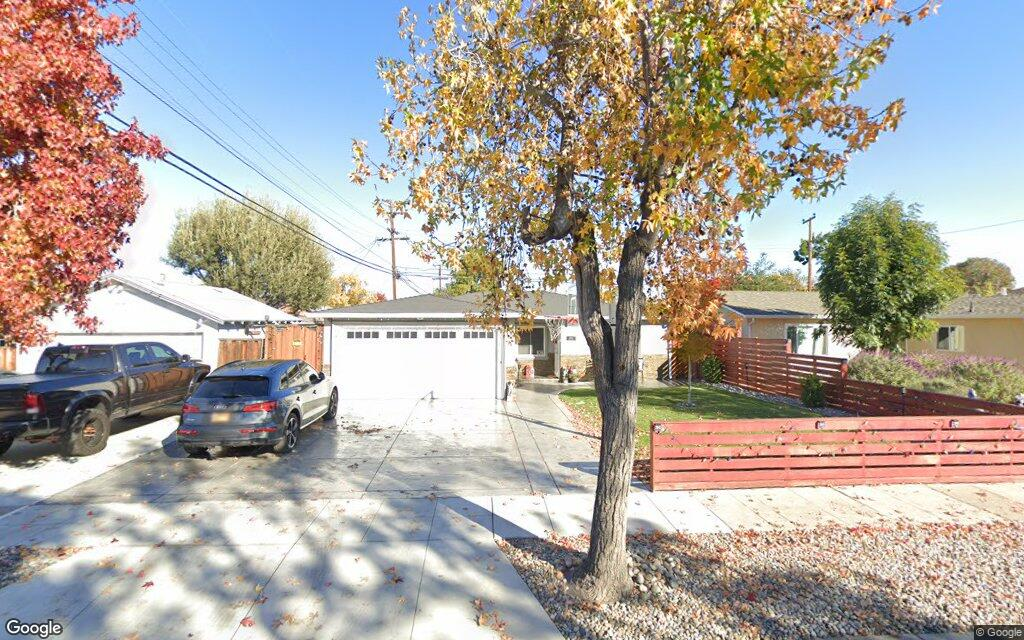(Bloomberg/Bernard Goyder) — Technology stocks are rising so far, so fast that some investors are starting to position for the move to lose momentum.
After advancing for five consecutive months, the Nasdaq 100 Index has risen each day but one in September as investors bet on optimism around artificial intelligence and Federal Reserve interest-rate cuts to keep technology stocks moving higher. A gauge of expected volatility in the index hasn’t budged in months. And on Wednesday, infrastructure software giant Oracle Inc. made history with a 36% pop, its biggest gain since 1992.
That’s pushed some investors to bid up put options to protect this year’s gains. The price of hedging against a 10% drop in the Invesco QQQ Trust ETF, the largest exchange-traded fund tracking the Nasdaq 100, over the next month is at the highest since 2022 relative to the cost of protection against a similar rally.
Related Articles
Apple analyst sentiment hits five-year low after two downgrades
Meta, OpenAI face FTC inquiry on chatbot impact on kids
Magid: New iPhone operating system arrives on Monday
Mars micro-life news comes at pivotal time for California’s Jet Propulsion Laboratory
Oracle’s $230 billion market cap surge to lift it above JPMorgan
“The market is at highs, volatility is at lows, I think there are a lot of easy arguments to make as to why you should hedge,” said Greg Boutle, head of US equity and derivative strategy at BNP Paribas SA. “September does tend to be a bit seasonally weaker” as well, he added.
It’s sign of growing unease ahead of a string of market-moving events in the next month that include the Fed’s interest rate decision on Sept. 17. The put-to-call skew on QQQ was higher just 8% of the time in recent data, according to Nomura Holdings Inc.
The Nasdaq 100 Index gained 0.3% at 10:16 a.m. in New York after relatively tame inflation data combined with more signs of jobs cooling boosted odds the Fed will slash interest rates for the first time this year.
Rising Uncertainty
With exposure to tech high-flyers looking rich by any measure, the more the group goes up, the more investors are forced to hedge against a “tail event” — a potential crash in the market, according to Charlie McElligott, Nomura’s cross-asset strategist. That’s pushing the put-to-call skew even higher at a time when demand for call options remains relatively subdued.
The hedges were likely added to protect long equity portfolios from a potential market decline, says Christopher Jacobson, co-head of derivatives strategy at Susquehanna International Group. To be sure, the put-to-call skew measures a relative cost of put options to calls and not the actual price investors pay for downside protection, which is lower than it was at the peak of trade-war uncertainty in April.
While big volatility gauges aren’t sounding alarms — the VIX Index is hovering below 16 — there is a sense of nervousness that’s evident beyond big tech stocks. On Tuesday, a trader paid around $9.3 million for bearish options on the SPDR S&P 500 ETF Trust, a position that pays out if the S&P falls 3.6% by Sept. 19. And on Monday, an investor bought a long-term hedge against a 58% collapse in the S&P 500 by December 2026 for $13.4 million.
The moves make sense considering stocks often underperform in September, with the market dropping 56% of the time, the most of any month going back to 1927, according to data from Bank of America Corp.
For Boutle, the current state of equity markets is similar to 2019, when a strong run in the first six months of the year gave way to pockets of weakness in the second half just after the Fed reduced rates.
He recommends clients buy protection against a 5% drop in the S&P 500, while selling insurance against a deeper drop he says is unlikely to materialize.
“We’re really focused on shallow hedges rather than the ‘wingier’ ones,” Boutle said.
(Updated with Thursday’s trading in sixth paragraph.)
More stories like this are available on bloomberg.com
©2025 Bloomberg L.P.





